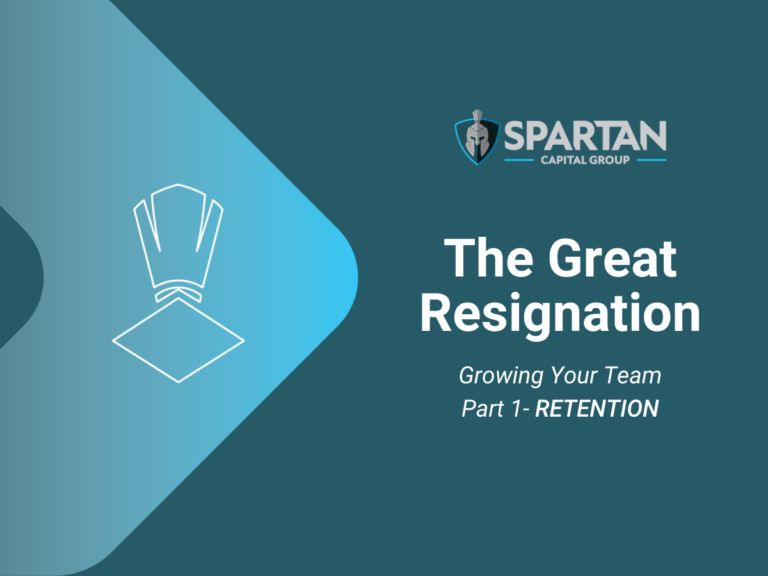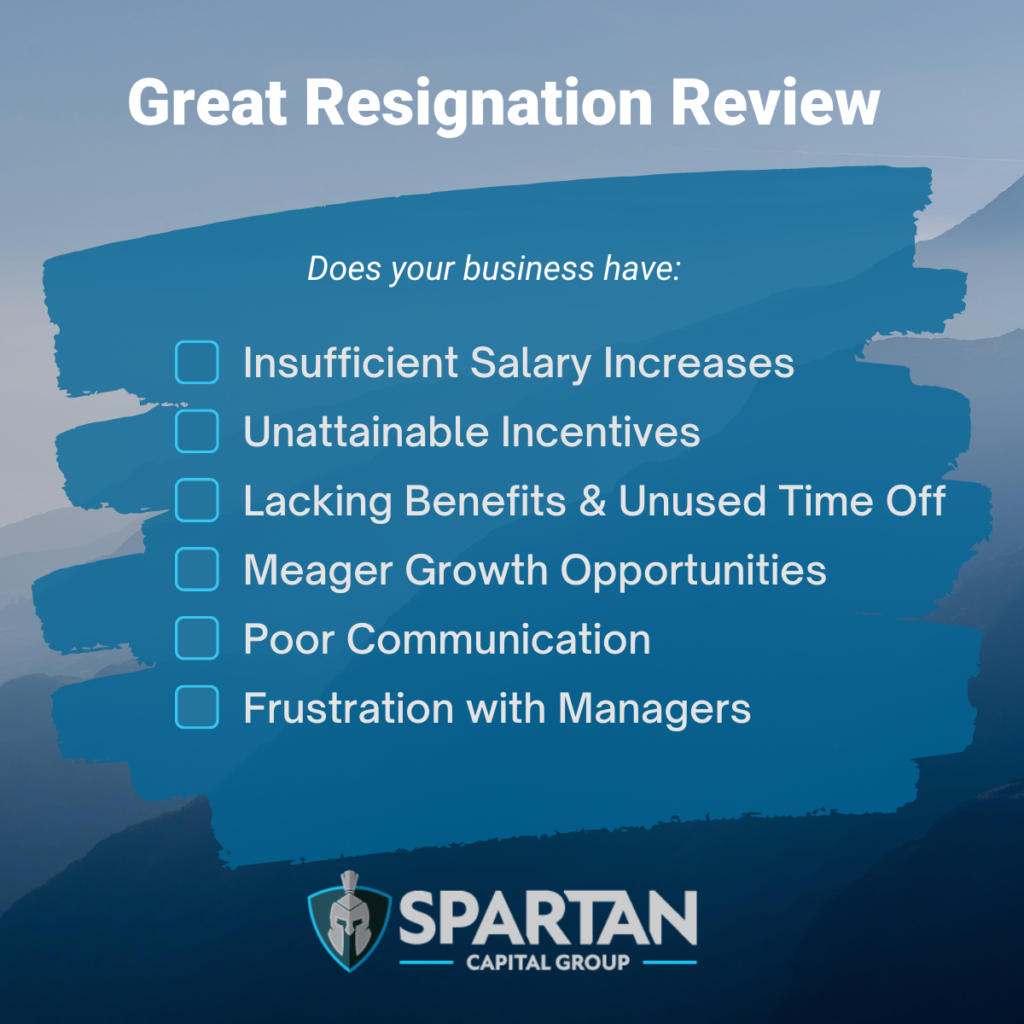
We’ve all heard it in the news lately. The Great Resignation is a widespread phenomenon in which a significant number of workers have voluntarily left their jobs during the COVID-19 pandemic. Even more alarming, they don't seem too eager to re-enter the workforce.
While some think that this is anecdotal, there is data to validate concern over the Great Resignation. Since 2020, the US Bureau of Labor Statistics has tracked key employment metrics. A recent report shares September 2021 data which reveals that the number of employees who quit their jobs in September was 4.4 million, an increase of 164,000 from the previous monthly record.
With experienced professionals who are choosing to resign or retire early from their positions at rates higher than previous years, this can create a snowball effect of issues if not addressed head-on. Most notably, businesses that suffer from a dramatic loss of talent can experience a loss of critical knowledge, negative culture shift, decrease in product quality, increase in employee burnout, and significant understaffing.
It is possible, however, to combat the Great Resignation trend and grow your organization. To do so requires significant focus from leadership and management on two key areas: Retention and Hiring.
STRATEGIC FOCUS #1: RETENTION
If your organization has a retention problem, it will be challenging to grow if the issues are not aggressively addressed. There are 5 steps to stabilize your employee retention.
Do you know your retention metrics? Has your voluntary or overall retention rate increased? To understand your retention and turnover, you must first understand your metrics. Calculate this number for at least the past 3-5 years.
Number of separations per year / average total number of employees = Turnover Rate.

With an understanding of your turnover rate, review the reasons employees are leaving your company.
These can include:
Taking the time to review will allow you to identify the most pressing issues and create a plan to address them.
Sometimes internal employee promotions are not executed when intended, simply due to the bureaucratic process of approving the title and budgetary change. Perform a comprehensive review of your existing talent. Make sure that any planned promotions are being executed and that employees who are on the cusp of promotion are aware of it. This kind of initiative can go a long way toward retaining valuable employees who may be looking for greener pastures.
Additionally, Gallup suggests that great managers reduce turnover more effectively than any other role. Oftentimes, managers have a pulse on who is on the verge of leaving and what interventions would encourage them to stay. Review any understaffed areas and critical positions that need to be filled.
Providing additional training and certifications is a win-win. Not only does it provide the manager or employee with more skills with which to perform their job, but it also fosters goodwill and a long-term relationship with the organization. When a leader creates time for an employee to engage in training, it displays their confidence in them and their commitment to their career and future.
With a stressed and dispersed workforce, it is critical that leadership is utilizing various forms of communication with its employees and encourages managers to do the same. There are a wide variety of methods to share information with your team such as email broadcasts, video messages, strategic meetings, conferences, P.R., social media messaging, and print communication. Each touchpoint is an opportunity to appreciate your team and recognize those who have gone above and beyond.
Companies with a long-term growth mindset will benefit from these kinds of strategic investments in their organization as well as their approach to talent acquisition and retention. In our next article, we’ll look specifically at the talent acquisition component to ensure that the employees you hire stick around for a meaningful period of time.
Click here to read part 2 - STRATEGIC FOCUS #2: Hiring